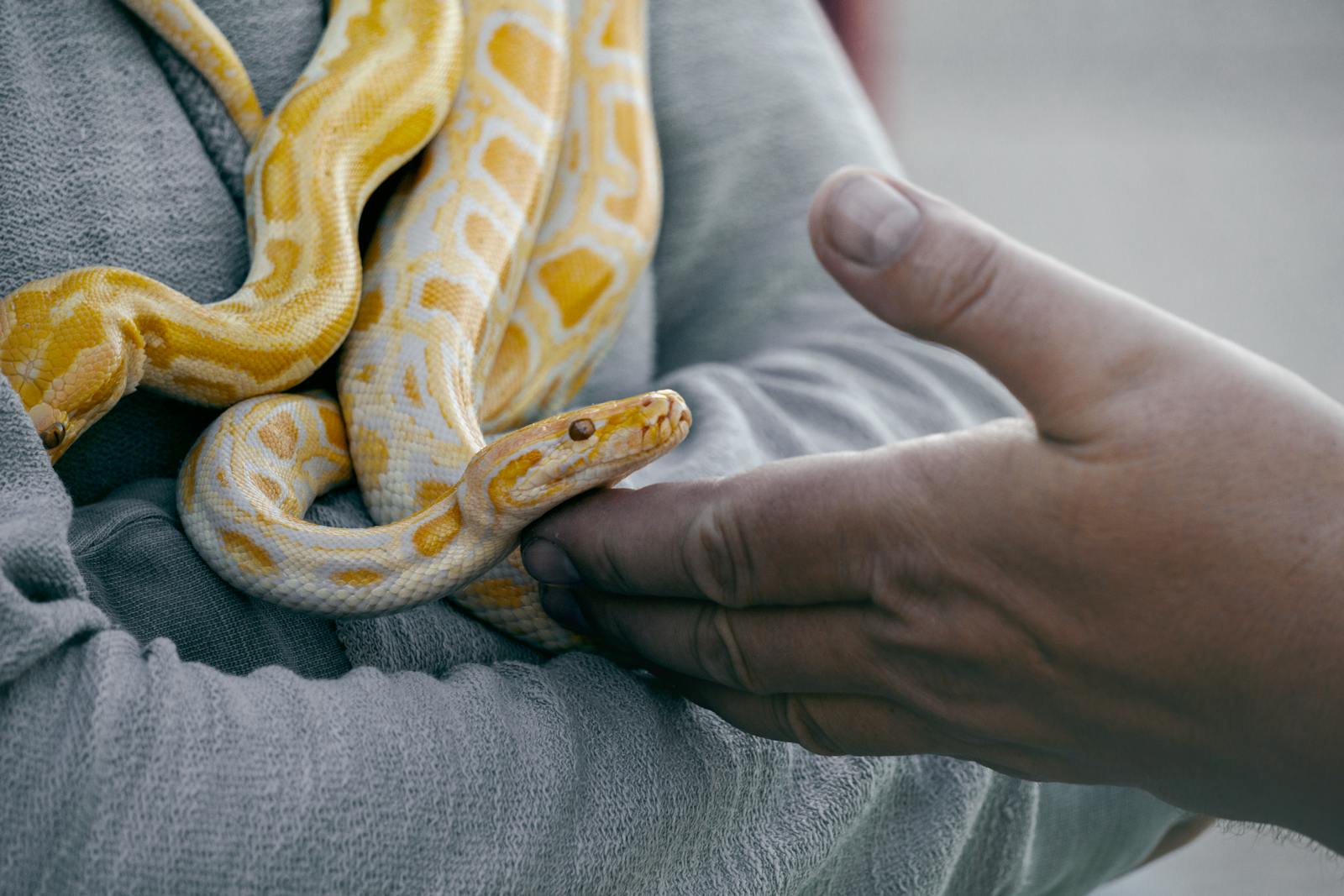In the world of reptile companionship, the notion of a cuddly snake might seem contradictory to many. Cold-blooded and lacking limbs, snakes aren’t typically associated with affectionate behavior like mammals. Yet, certain snake species can develop remarkable bonds with their human caretakers, exhibiting behaviors that many owners interpret as trust and even affection. This fascinating dynamic between humans and these misunderstood reptiles reveals a more complex relationship than commonly assumed, challenging our perceptions of what constitutes companionship in the animal kingdom.
Understanding Snake Behavior: Can They Really “Cuddle”?
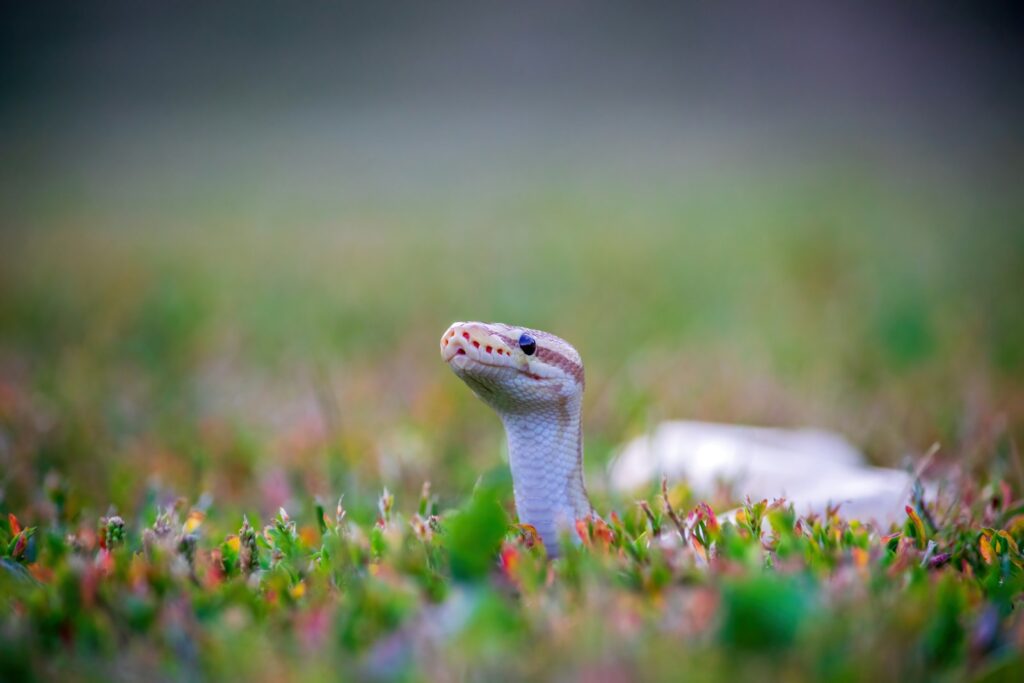
When we discuss snake “cuddling,” it’s important to clarify what this behavior actually entails from a biological perspective. Snakes don’t seek affection in the way mammals do—they lack the neurological structures for complex emotions like love. What snake owners often interpret as cuddling is actually thermoregulatory behavior, where the snake is drawn to the warmth of a human body. However, this doesn’t diminish the meaningful interaction taking place. A snake that willingly drapes itself across your shoulders or relaxes in your hands is demonstrating a significant level of comfort and trust. This behavior indicates the snake recognizes you as non-threatening, which is perhaps the closest equivalent to affection in reptilian terms.
The Ball Python: The Quintessential “Cuddler”
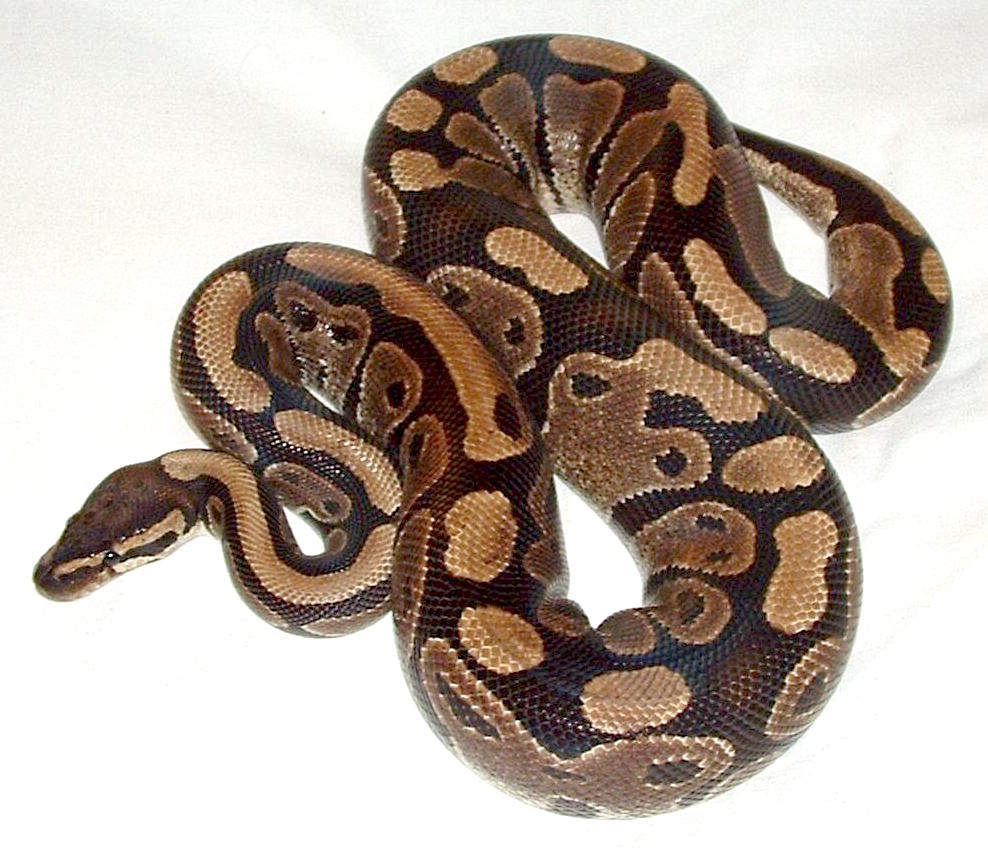
Among snake species kept as pets, the Ball Python (Python regius) has earned a reputation as one of the most amenable to handling and “cuddling.” Native to West and Central Africa, these snakes typically grow to a manageable 3-5 feet in length and are known for their docile temperament. Their common name derives from their defensive behavior of curling into a tight ball when threatened—a posture rarely seen in well-adjusted captive specimens that trust their handlers. Ball Pythons are often described as “lap snakes” by enthusiasts, as they’re content to remain draped across their owner’s body, absorbing warmth while remaining remarkably still. Their moderate size, gentle disposition, and relatively slow movements make them ideal for those seeking a more interactive reptilian companion.
Building Trust Through Consistent Handling
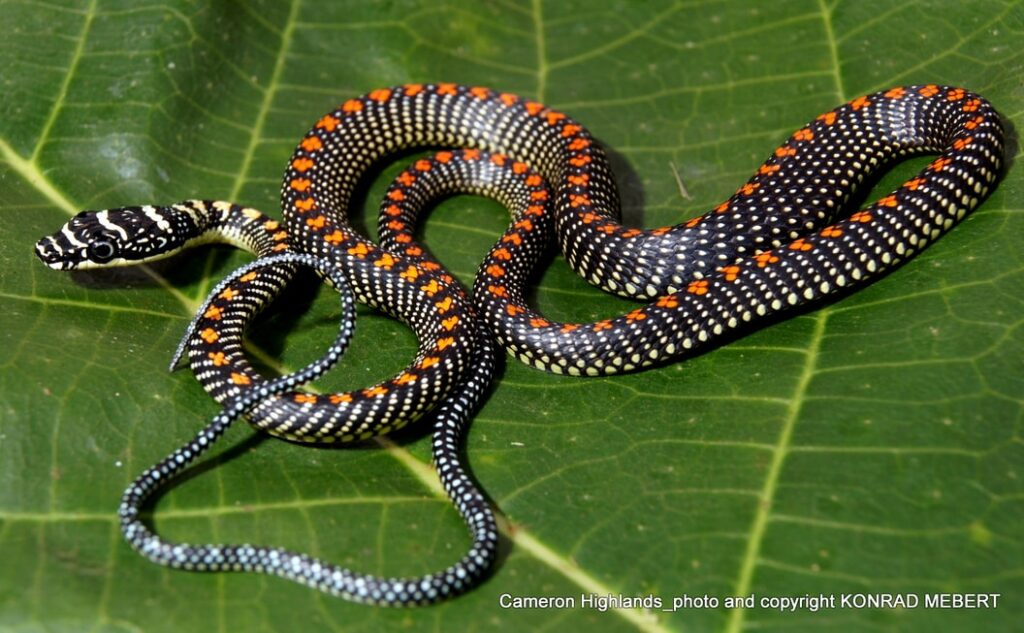
Developing a trusting relationship with a snake requires patience, consistency, and respect for the animal’s boundaries. Experts recommend establishing a regular handling routine, starting with brief sessions of 5-10 minutes and gradually increasing duration as the snake becomes more comfortable. Approaching the snake confidently but gently is crucial—these animals can sense hesitation and anxiety, which may trigger defensive responses. Supporting a snake’s body properly during handling, particularly the midsection and tail, communicates safety and respect. Many experienced keepers note that trust-building can take months, with some individuals requiring a year or more before fully relaxing during handling sessions. The investment in this process yields a remarkable reward: a reptile that recognizes its keeper and demonstrates comfort in their presence.
Reading Body Language: Signs of Trust vs. Stress
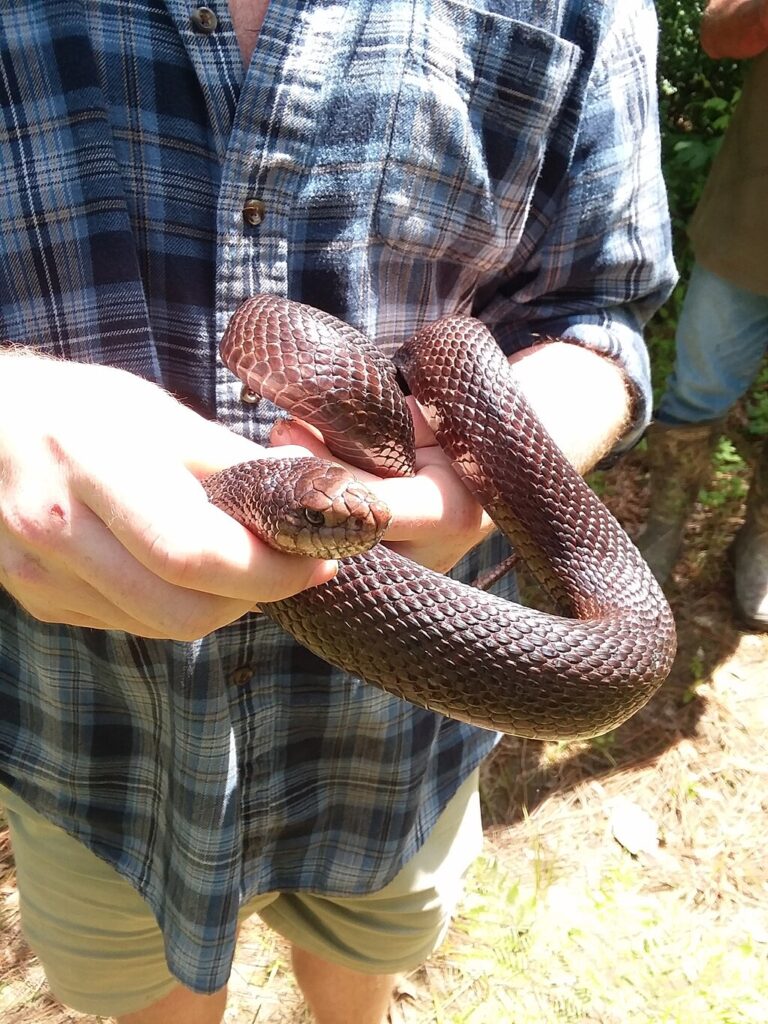
Interpreting a snake’s body language is essential for determining whether it’s truly comfortable being handled or merely tolerating the interaction. A relaxed, trusting snake will have smooth, fluid movements, a calm tongue-flicking pattern, and will explore its environment—including your body—with curiosity rather than fear. The muscles will feel supple rather than tense, and the snake may drape itself comfortably across your hands or shoulders without constantly trying to escape. Conversely, stress signals include rapid, erratic movements, defensive posturing, tight muscle constriction, frequent defecation, and in some species, hissing or striking. Perhaps the most telling sign of trust is what snake enthusiasts call “periscoping“—when a snake raises the front portion of its body and calmly observes its surroundings while being held, indicating it feels secure enough to engage with its environment rather than focusing solely on escape.
Corn Snakes: The Friendly Beginner’s Option
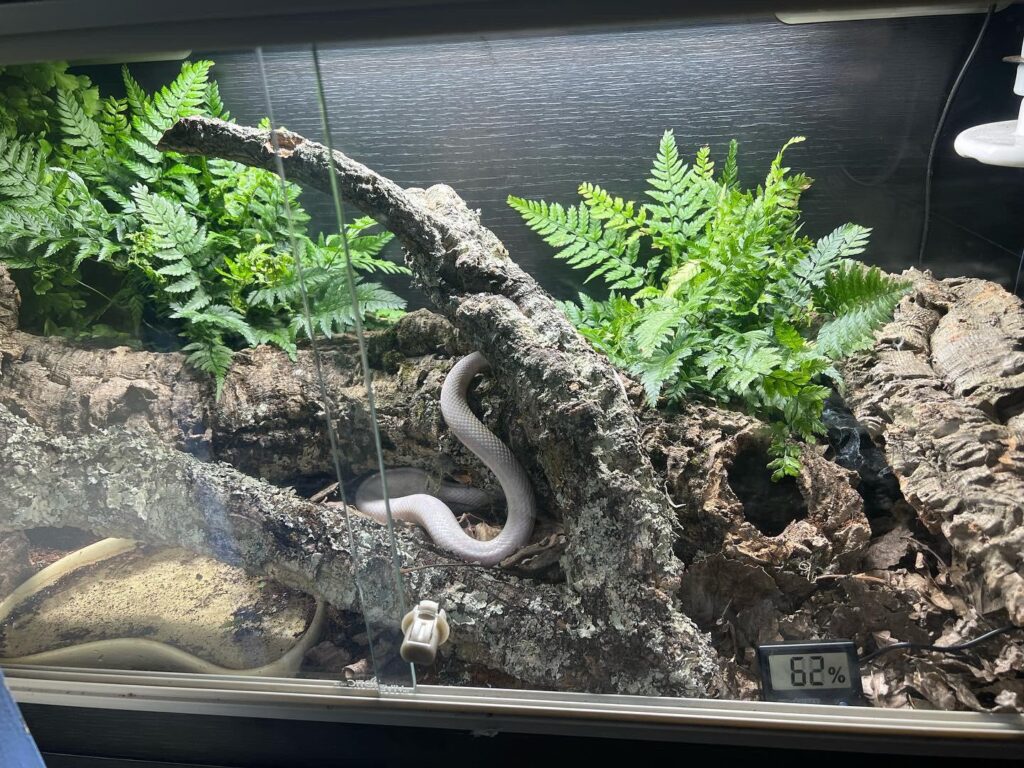
Corn Snakes (Pantherophis guttatus) represent another species renowned for their amenability to handling and capacity for building trust relationships with humans. These North American natives are considered ideal starter snakes due to their manageable size (typically 4-5 feet at maturity), docile nature, and relatively straightforward care requirements. Corn Snakes are known for their inquisitive behavior and adaptability to regular handling, often becoming quite comfortable with human interaction within a few months of consistent experience. Their slender build makes them less intimidating for newcomers to reptile keeping, while their vibrant patterns and color morphs add to their appeal. Many Corn Snake owners report that their pets will contentedly explore their bodies during handling sessions, sometimes settling in for extended periods of warmth in what appears remarkably similar to mammalian cuddling behavior.
The Science Behind Snake Recognition

Recent scientific research has begun to support what many reptile enthusiasts have long observed: snakes can indeed recognize familiar humans. Studies indicate that snakes possess more cognitive capability than previously assumed, demonstrating the ability to distinguish between their primary caretakers and strangers. This recognition appears to be based on a combination of visual cues, scent identification, and behavioral patterns. In laboratory settings, snakes have shown measurable differences in stress responses when handled by their regular keepers versus unfamiliar individuals. While this doesn’t equate to the emotional bonding seen in mammals, it does suggest a form of social recognition that facilitates trust. The snake’s limbic system—though less developed than in mammals—still processes information about safety and threat, allowing them to form what we might consider rudimentary “relationships” based on consistent positive interactions.
Creating the Perfect Environment for Trust

The foundation for a trusting snake-human relationship begins with proper husbandry and environmental conditions. A snake that feels secure in its habitat is more likely to display relaxed behavior during handling sessions. This means providing appropriate temperature gradients, humidity levels, hiding spots, and enrichment opportunities within the enclosure. Stress factors such as inappropriate housing, improper diet, or excessive disturbance will inevitably impact the snake’s willingness to interact positively with humans. Expert keepers recommend establishing a consistent routine for feeding, cleaning, and handling that minimizes unpredictability in the snake’s life. Additionally, ensuring that handling sessions occur in a quiet, controlled environment away from loud noises, other pets, or excessive movement helps create positive associations with human interaction. Many successful snake handlers also note the importance of handling sessions occurring during the snake’s natural active periods, which varies by species but generally falls during evening hours for many popular pet snakes.
Boa Constrictors: Gentle Giants with Potential for Bonding
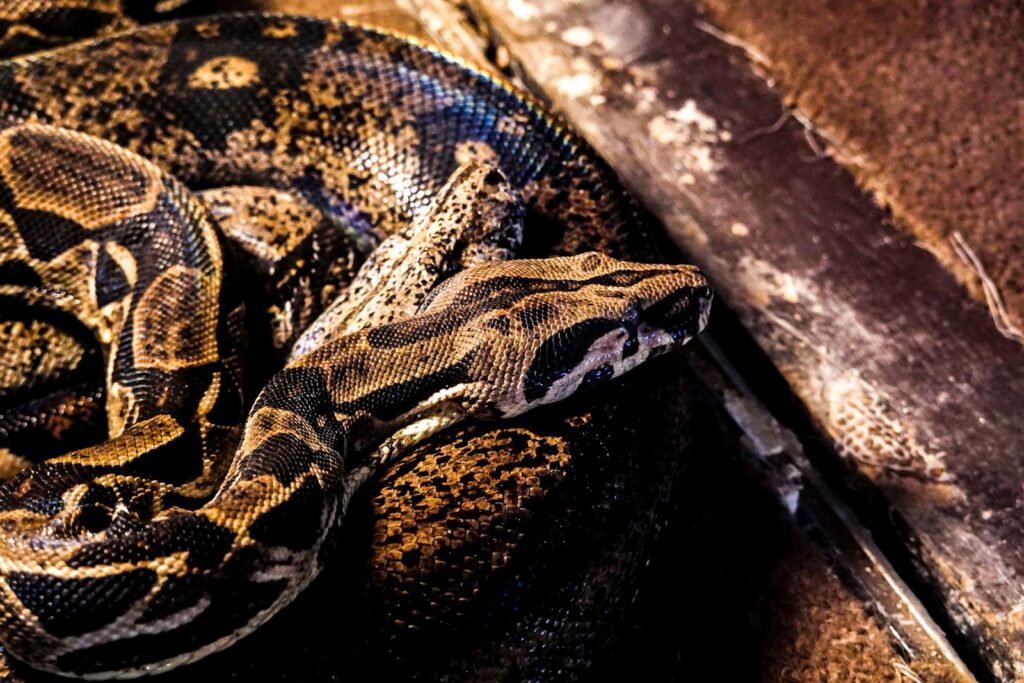
Boa Constrictors (Boa constrictor) represent a fascinating case study in the potential for larger snakes to form meaningful relationships with their keepers. Despite their imposing size—with some specimens reaching 10 feet or more in length—captive-bred Boas often develop reputations as surprisingly gentle giants. Their slower metabolism and more deliberate movements contribute to a calm demeanor that, when paired with consistent handling from a young age, can result in remarkably tractable adult snakes. Experienced Boa keepers often describe a palpable difference in how their snakes interact with them versus strangers, displaying more relaxed posture and exploratory behavior with trusted handlers. The substantial weight of adult Boas means they naturally drape across their keeper’s body in a manner that feels distinctly like an embrace, though this behavior is primarily driven by the snake’s need for support rather than affection. Nevertheless, the mutual trust required for such interactions creates a unique bond between keeper and snake that many find deeply rewarding.
The Role of Scent in Snake Recognition
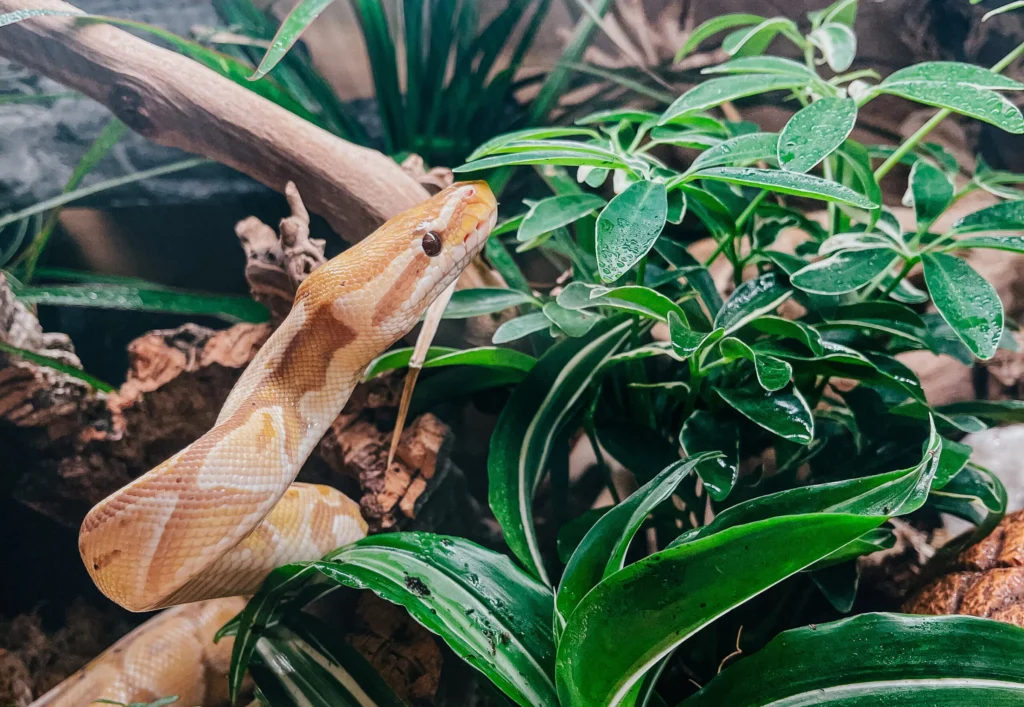
Snakes’ sensory perception is dominated by chemical reception, making scent a crucial factor in how they recognize and respond to their handlers. Unlike humans who primarily rely on vision, snakes “taste” the air through tongue-flicking, transferring airborne particles to their vomeronasal organ (Jacobson’s organ) for processing. This sophisticated chemical detection system allows snakes to create detailed scent profiles of their regular handlers. Experienced keepers often note that their snakes display markedly different behaviors when encountering familiar versus unfamiliar scents. This recognition forms the basis of what we interpret as trust, as the snake learns to associate specific human scents with non-threatening interactions. Some herpetologists recommend maintaining consistent personal hygiene routines when handling sensitive snake species, as dramatic changes in personal scent (new perfumes, lotions, or even dietary changes affecting body odor) can temporarily confuse a snake accustomed to a particular scent signature.
Common Mistakes That Erode Snake Trust
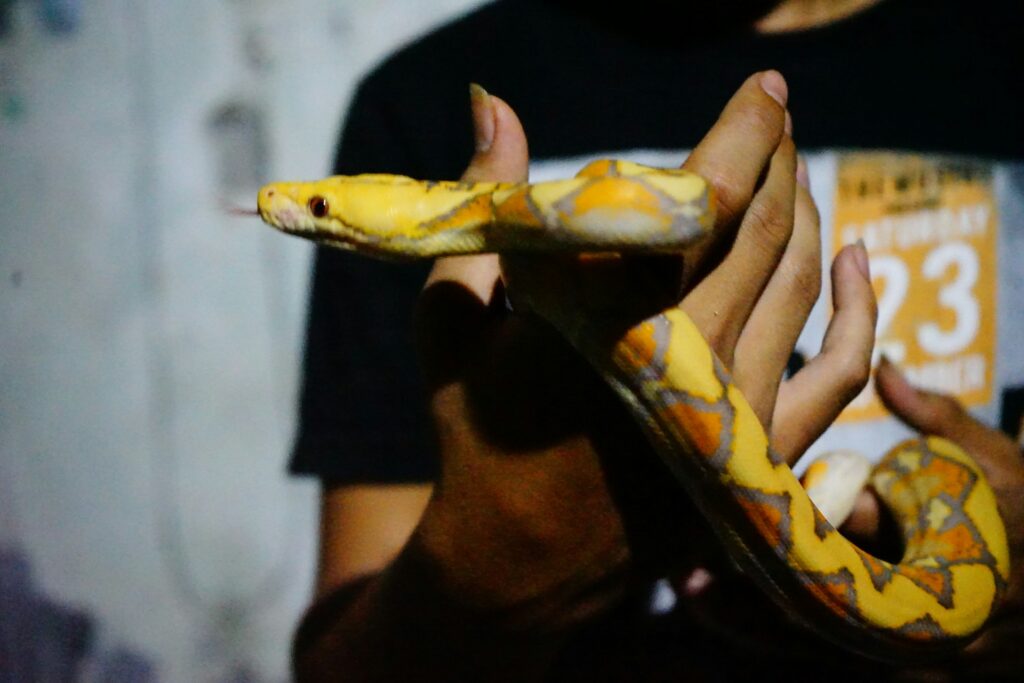
Even well-intentioned reptile enthusiasts can inadvertently damage the trust relationship with their snake through common handling mistakes. Approaching a snake from above—mimicking the movement pattern of predatory birds—often triggers defensive responses, as does grabbing rather than gently scooping a snake from its enclosure. Handling immediately after feeding represents another frequent error, potentially causing regurgitation and associated stress that can take months to overcome. Inconsistent handling schedules create unpredictability that many snakes find stressful; either handling too frequently (not allowing sufficient rest between sessions) or too rarely (creating a situation where each handling feels like a novel, potentially threatening experience). Perhaps most damaging is forcing interaction when a snake displays clear stress signals, which reinforces negative associations with human contact. Successful handlers emphasize the importance of respecting the snake’s behavioral cues and being willing to postpone handling when the animal shows signs of discomfort or stress.
The King and Milk Snake Connection
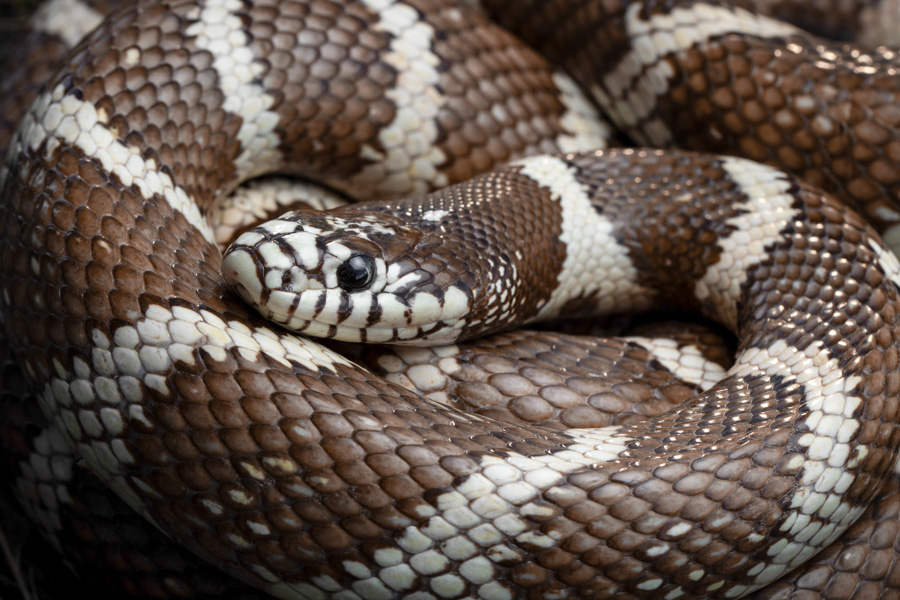
King Snakes (Lampropeltis getula) and Milk Snakes (Lampropeltis triangulum) represent another category of colubrids known for their potential to form strong handling relationships with dedicated keepers. These strikingly patterned constrictors combine manageable size (typically 3-6 feet depending on subspecies) with generally amenable temperaments, particularly when acquired as captive-bred juveniles. Their naturally curious disposition often translates to active exploration during handling sessions, creating engaging interactions that many keepers find more dynamic than with sedentary species. King and Milk Snakes possess remarkable adaptive intelligence, with many specimens quickly learning that handling routines are non-threatening, often transitioning from defensive behaviors to relaxed interaction within months of consistent work. Their relatively quick metabolism and active nature means they typically require more enrichment than some other species, making regular, thoughtful handling sessions an important component of their overall well-being in captivity.
Children and Snake Handling: Special Considerations
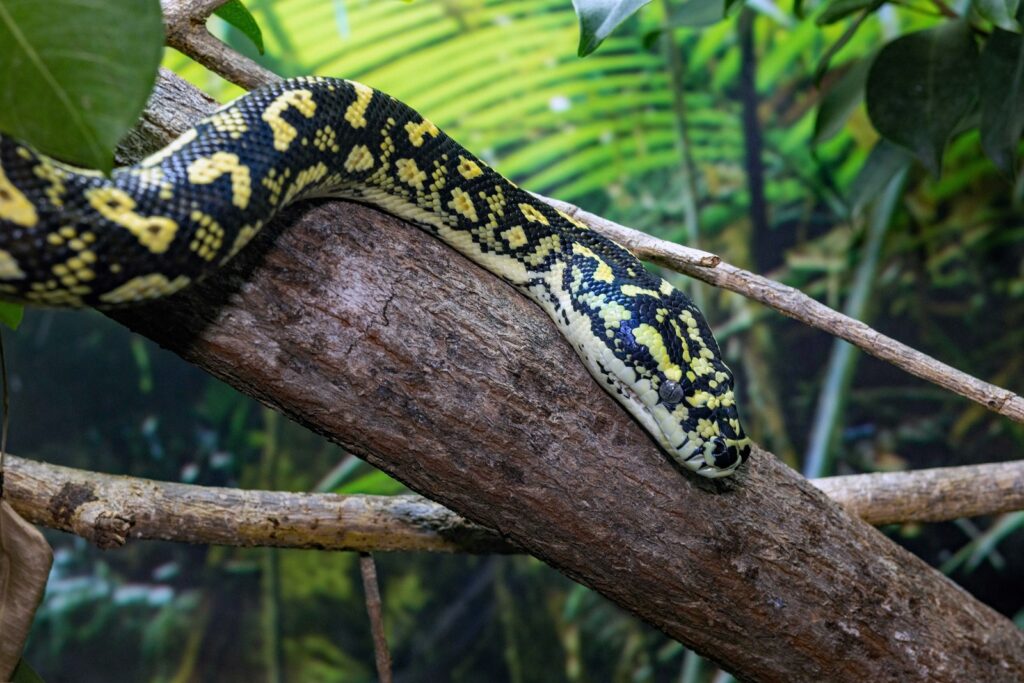
The relationship between children and pet snakes requires careful management to ensure positive experiences for both the child and reptile. Parents should assess their child’s maturity level before introducing snake handling, looking for indicators like the ability to follow multi-step instructions, remain calm, and demonstrate gentleness with other animals. Direct supervision remains essential regardless of the child’s age or the snake’s temperament, as even docile snakes may react defensively to unpredictable movements or improper support. Many herpetologists recommend starting children with smaller, well-established docile species like Corn Snakes or Ball Pythons that have already demonstrated comfort with handling by adults in the household. Teaching proper technique becomes paramount—children must learn to support the snake’s body appropriately, move slowly and deliberately, and recognize stress signals indicating when the snake needs to be returned to its enclosure. These supervised interactions can foster remarkable bonds, with many lifelong reptile enthusiasts citing childhood experiences as the foundation for their enduring fascination with these animals.
The Ethical Dimension: Respecting Reptilian Nature
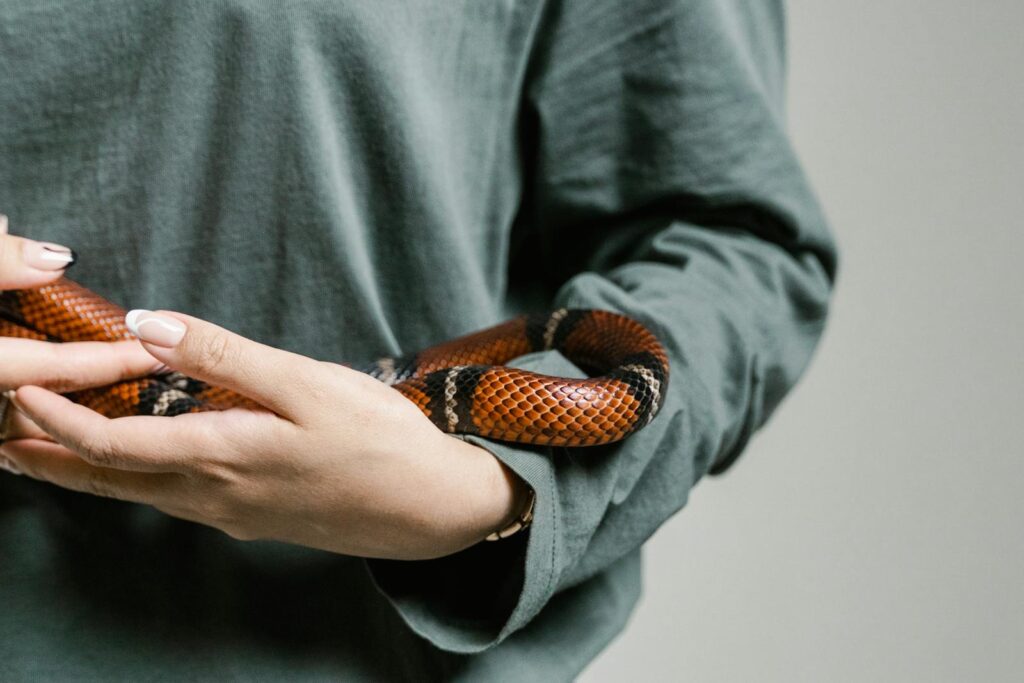
The concept of “cuddling” snakes raises important ethical considerations about projecting human desires onto animals with fundamentally different evolutionary histories and neurological structures. Responsible snake keeping requires acknowledging that while snakes can certainly form trust relationships with humans, their experience differs dramatically from mammals like dogs or cats. A snake seeking warmth on a human body isn’t expressing affection in the mammalian sense, but rather engaging in species-appropriate thermoregulatory behavior in an environment where it feels secure. This distinction doesn’t diminish the value of the human-snake relationship, but rather reframes it as one based on mutual respect and understanding of different needs. The most ethical approach involves appreciating snakes on their own terms—valuing their remarkable adaptations, unique behaviors, and capacity for trust within the parameters of their reptilian nature. Many experienced keepers find that this perspective enhances rather than detracts from the rewarding nature of snake companionship, as it fosters a deeper appreciation for these extraordinary animals as they truly are.
The phenomenon of a snake that will “cuddle” with a trusted human represents one of the more fascinating dimensions of reptile keeping. While lacking the neurological structures for mammalian affection, snakes can certainly develop recognition, tolerance, and what we interpret as trust with consistent, respectful handling. This relationship, though different from what we experience with furry companions, offers its own unique rewards — a connection that bridges the vast evolutionary distance between humans and reptiles. For those willing to invest time in understanding snake behavior and building trust through patient handling, the result can be a remarkable bond with one of nature’s most elegant and often misunderstood creatures.

